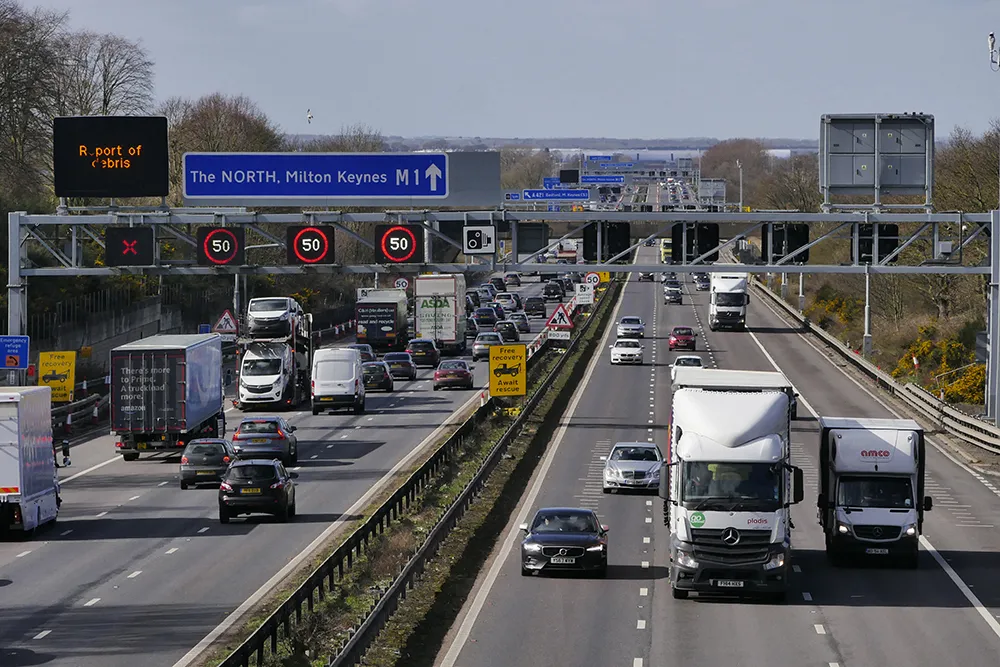Only one member of ITS (UK) thinks that level five driverless cars will be on the country’s roads by 2021, as suggested by chancellor Philip Hammond in the autumn budget. The results showed a near 50/50 split between those who expect fully driverless cars to be available within 15 years and those who think it will take longer to become widespread.
Findings also revealed that half of the respondents think that driverless vehicle publicity was hampering public awareness of existing automatic driver assistance systems such as automatic braking and lane departure warnings which are available but generally only on certain higher-level models. It was suggested that the right solution is to focus on the stepping stones to autonomy that deliver benefits now. Only a quarter of members said they thought this was not an issue.
In addition, concerns were raised on the public’s willingness to let go of driving cars, and that while the vehicles may be ready, the road network will not be able to support them. Others think that regulations on insurance and liability will hamper the implementation. However, more believe that some vehicles could drive on dedicated roads or motorway lanes much sooner.
Jennie Martin, ITS (UK) general secretary, said: “Our survey suggests that even among those who work on transport technology day in day out there are clear differences of opinion on timescales and benefits of autonomous vehicles. However, understanding that there may be a problem is the first step to solving it, and we are ideally placed to bring our combined thousands of years of knowledge and experience to help shape the future of our transport system to ensure that it is safe, efficient and fit for purpose.”
UK ITS professionals doubt driverless car timescales
Only one member of ITS (UK) thinks that level five driverless cars will be on the country’s roads by 2021, as suggested by chancellor Philip Hammond in the autumn budget. The results showed a near 50/50 split between those who expect fully driverless cars to be available within 15 years and those who think it will take longer to become widespread.
February 6, 2018
Read time: 2 mins









